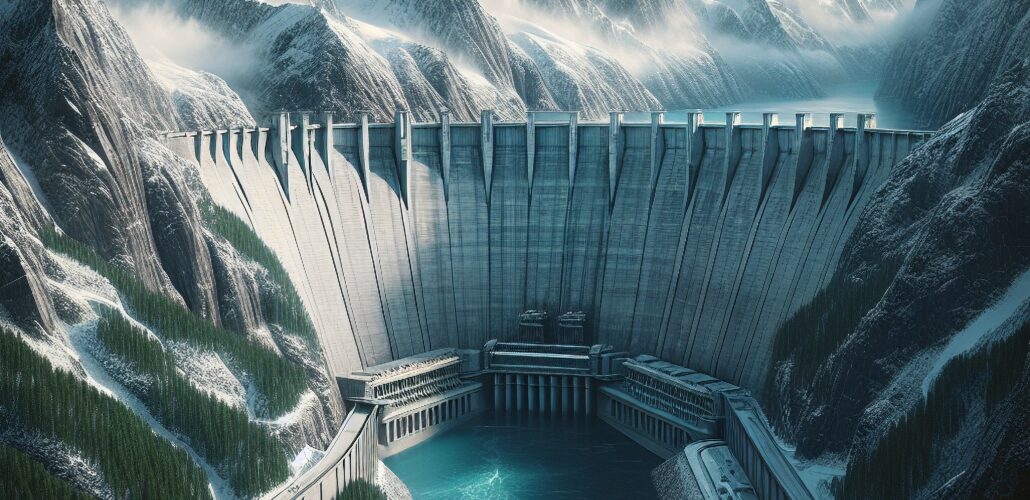China to build world’s largest hydropower dam in Tibet
A New Era in Energy Generation

China has given the green light to construct the world’s largest hydropower dam on the Yarlung Zangbo River, along the eastern edge of the Tibetan plateau. This ambitious project is set to redefine hydroelectric power generation and significantly impact China’s energy landscape.
The dam’s projected annual electricity output is staggering – an estimated 300 billion kilowatt-hours. To put this into perspective, it’s more than triple the capacity of the current record-holder, the Three Gorges Dam, which produces 88.2 billion kWh annually.
Located in a section of the river with a dramatic 2,000-metre drop over just 50 kilometres, the project presents unique engineering challenges but also immense hydropower potential. The construction costs are expected to surpass those of the Three Gorges Dam, which totalled 254.2 billion yuan (£28 billion).
This mega-project aligns with China’s carbon reduction goals and is expected to stimulate related industries and create jobs in Tibet. However, it raises significant environmental and geopolitical concerns.
Environmentally, the project’s impact on the local ecosystem, one of the richest and most diverse on the Tibetan plateau, remains unclear. Chinese officials assert that Tibet’s hydropower projects, which they claim hold over a third of China’s hydroelectric potential, will not significantly affect the environment or downstream water supplies.
Geopolitically, the dam’s construction has raised concerns in India and Bangladesh. These downstream countries worry about potential alterations to the river’s flow and course, which could affect millions of people relying on the river system.
The project also involves complex social considerations, including the potential displacement of local populations. The Three Gorges Dam, for comparison, led to the resettlement of 1.4 million people.
Source: Reuters
#Carbon neutrality#China's energy policy#cross-border water issues#displacement of populations#downstream effects#ecosystem preservation#energy production#engineering challenges#environmental impact#geopolitical concerns#hydropower dam#international relations#Power generation capacity#renewable energy#river flow management#Three Gorges Dam#Tibet#Tibetan plateau#water resources#Yarlung Zangbo River



